Karl Lagerfeld - a true fashion wizard with rocking fingerless gloves, a ponytail, and snarky one-liners. He turned Chanel from “meh” to “wow” with ease. Lagerfeld was not just a designer, he was a walking paradox in black leather, wielding genius with a side of sharp wit and no apologies.
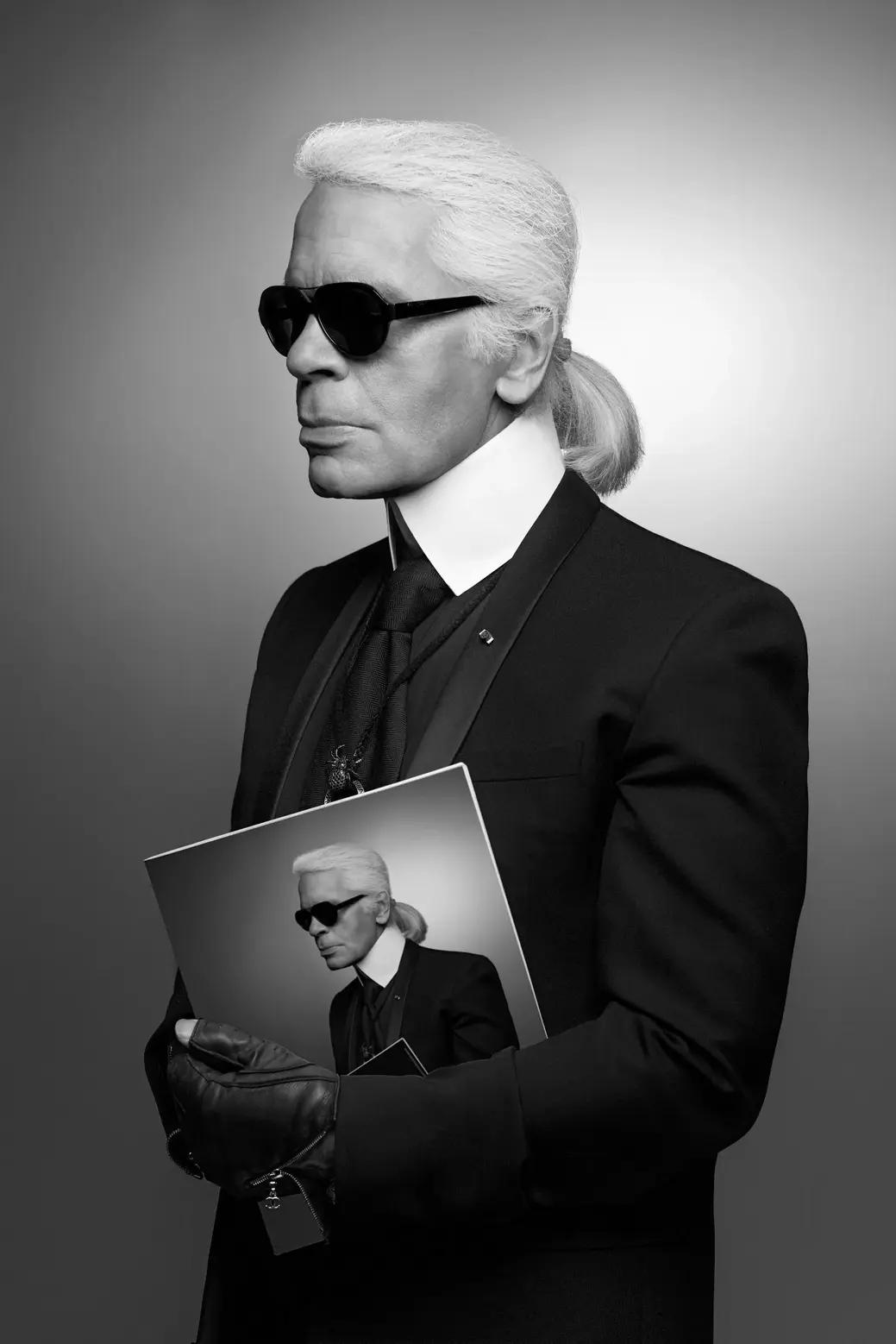
Karl Lagerfeld - a true fashion wizard with rocking fingerless gloves, a ponytail, and snarky one-liners. He turned Chanel from “meh” to “wow” with ease. Lagerfeld was not just a designer, he was a walking paradox in black leather, wielding genius with a side of sharp wit and no apologies.
October 1, 2025
With a silhouette as iconic as the double-C logo he reinvented, Karl Lagerfeld was more than a designer. He was fashion’s most enigmatic auteur. From his razor-sharp wit to his ever-present dark glasses, Lagerfeld crafted not just clothes, but a universe where heritage met audacity, and intellect met instinct. He revived legacy houses with fearless modernity, leaving behind not just garments but philosophy. To understand the genius behind the spectacle, we must peel back the black sunglasses and ponytail. Before the myth, there was a man.

Karl Lagerfeld, born in 1933, was a creative whirlwind who dabbled in everything from photography to design. Initially aiming to be an illustrator, he stumbled into fashion and snagged the 1954 International Woolmark Prize at 21. Born into a wealthy German family, Karl moved to France and worked with legends like Pierre Balmain, Chloé, and Fendi.
Known for his shape-shifting genius, Karl became a master of reinvention like a fashion chameleon in fingerless gloves. After Coco Chanel's passing, the brand faltered, with many replacements failing to fill her shoes. Alain Wertheimer convinced him to leave Chloé and revamp Chanel in 1983. That move saved the house from disaster, turning it into the powerhouse it is today.
His motto? "To survive, you have to cut the roots to make new roots." Karl did not just save Chanel, he made it thrive, all while rocking a ponytail and a snarky sense of humor.
Karl Lagerfeld was like the Harry Houdini of fashion when it came to modernizing heritage, turning tradition into something fresh and fabulous without disrespecting its roots. When he took over Chanel in 1983, the brand was like an old vinyl record, classic but a bit dusty. Lagerfeld did not just rehash the past; he hacked it, revamping the iconic tweed jacket, camellia flower, and quilted handbags with a modern twist. Imagine taking your grandma’s vintage pearls and turning them into the hottest trend in Paris. That’s Lagerfeld in action.
His mantra? “Know the rules to break the rules.” He did not just replicate Coco Chanel’s legacy; he gave it a serious makeover. By combining timeless Chanel elements with daring moves like shorter skirts, bolder colors, and even futuristic fabrics, Lagerfeld captured the attention of younger, fashion-forward crowds while keeping die-hard Chanel fans on board.
Take the humble tweed jacket, for example. Lagerfeld turned it from a stiff, old-school symbol of sophistication into a comfy, versatile wardrobe staple. Tweed appeared in all sorts of modern forms such as midi dresses or chic two-piece sets. And those iconic pearls and interlocking CC logos? Lagerfeld seamlessly integrated them into everything from accessories to runway-ready pieces, blending heritage with high-tech style like they were long-lost best friends.
Coco Chanel created her iconic interlocking “CC” logo in 1925: elegance and simplified. But Karl Lagerfeld? He supercharged it. By the '80s, the once-discreet emblem was everywhere: bags, buckles, belts, even giant runway props. His bold branding turned it into a global luxury beacon - instantly recognizable, endlessly covetable. Playful yet prestigious, Lagerfeld kept Chanel fresh while cementing the double C as the ultimate flex.

Coco invented the little black dress, but Karl Lagerfeld "weaponized" it. His 1992 haute couture take, worn by Christy Turlington, was less "demure cocktail attire," more "luxe armor," swathed in chunky gold chains and floral motifs. A rebellious twist on tradition, it screamed Chanel while whispering extravagance.
Two decades later, Penélope Cruz brought cinematic drama to the design in Broken Embraces, and in 2019, Lily-Rose Depp resurrected it at the Met Gala - because some dresses do not retire, they just take victory laps.
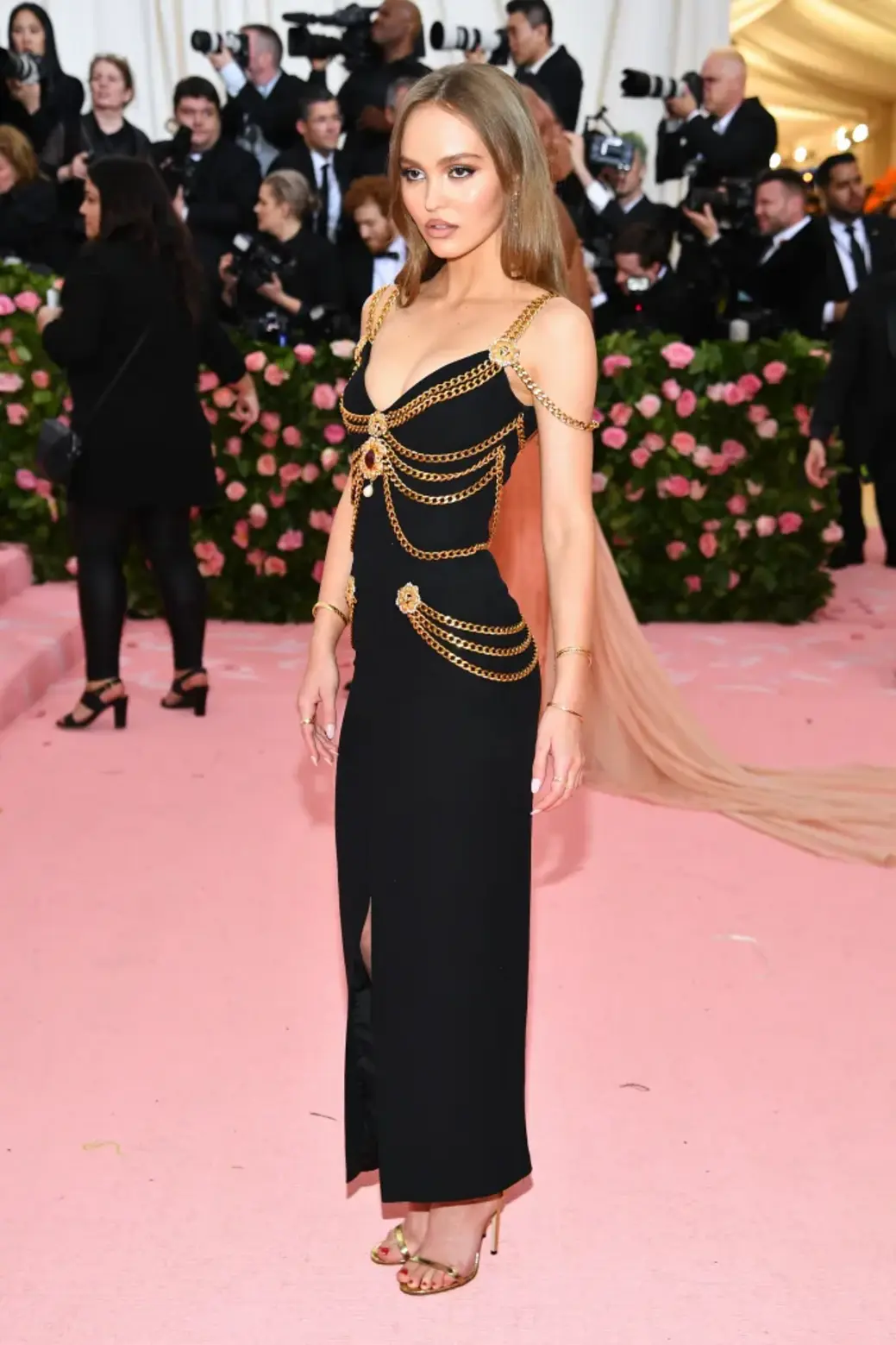
When Karl Lagerfeld took Chanel’s reins in 1983, Coco’s prim tweed jacket got a rebellious makeover. He kept her DNA: quilting, gold chains, CC logos; but cranked up the volume (literally). Shoulders expanded, hems cropped to mini lengths, and tweed suddenly came in neon, sequins, or even rubber. Lagerfeld tossed frayed edges, feathers, and terrycloth into the mix, then paired jackets with jeans or faux fur. Each runway became a tweed playground: denim met couture, buttons grew oversized, and metallic threads shimmered like disco balls. By 2012, his "Petite Veste Noire" photography book canonized it: the jacket that conquered closets by daring to misbehave - classy enough for a duchess, cool enough for a rockstar.
"Even if she never did it this way, it’s very Chanel, no?" - Lagerfeld defending his avant-garde tweed suit redesigns in 1983
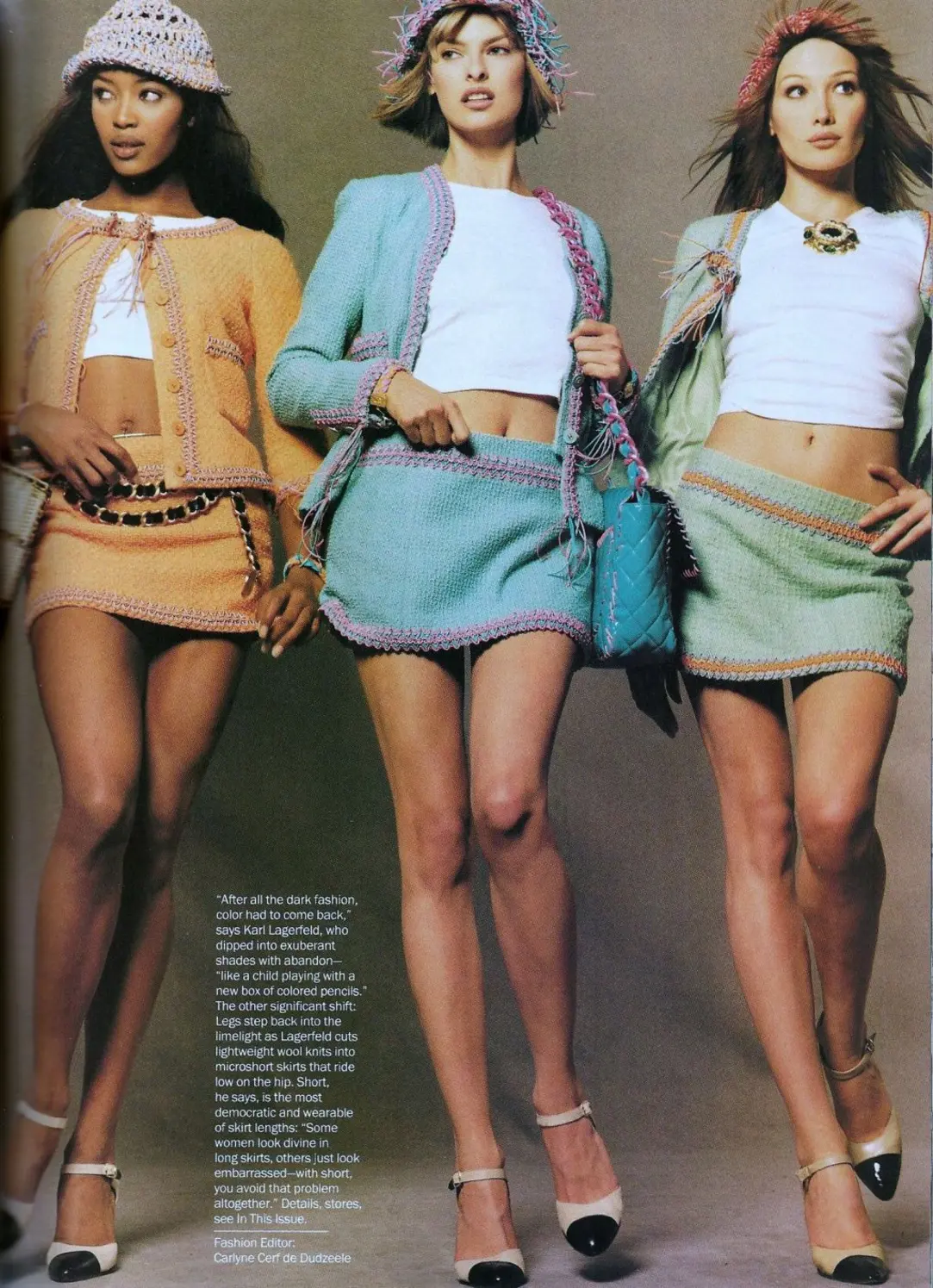
Coco Chanel’s 1955 "2.55" revolutionized handbags, but Karl Lagerfeld gave it a modern twist. In the 1980s, he swapped the original Mademoiselle Lock for the now-iconic CC turn-lock, ensuring the Flap Bag remained eternally chic. Today, two legendary versions reign: the Classic Flap (Lagerfeld’s sleek update, complete with leather-laced chains) and the 2.55 Reissue (a faithful 2005 homage to Coco’s original). Both prove Chanel’s magic lies in balancing heritage with reinvention.
From Jennifer Lopez, Margot Robbie, or Blake Lively, the Flap Bag has been the ultimate arm candy for icons who embody effortless elegance. It steals scenes in films, dominates fashion editorials, and remains a red-carpet staple - versatile enough for princesses and rebels alike. More than an accessory, it is a cultural shorthand for timeless luxury.
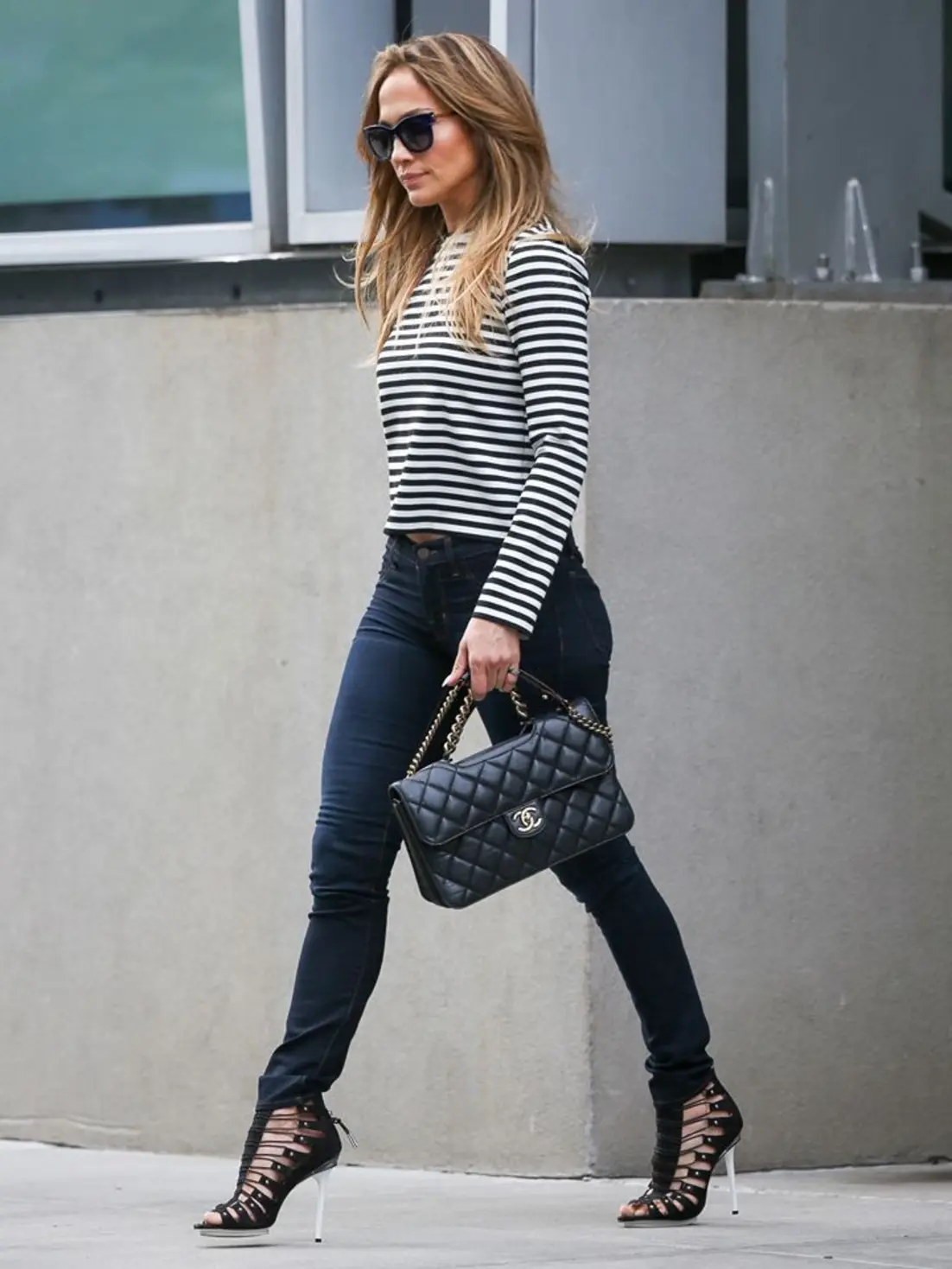
Coco Chanel did not just wear pearls, she "rebelled" with them. In the 1920s, she tossed aside stuffy diamond conventions. Her mix of real and fake strands became a symbol of accessible luxury, turning costume jewelry into high art.
Enter Karl Lagerfeld in 1983, Chanel’s "creative lightning bolt. Think Gripoix glass cabochons, interlocking CCs, and camellias dangling like rock-star accessories . By the 2000s, his over-the-top vision birthed the "2006 multi-layered pearl necklace": cascading oversized faux pearls, woven with leather chains and logo hardware - a "pearl-pocalypse" of vintage and meets-edge .
This 2006 stunner did not just grace runways, it dominated pop culture. Celebrities like Kim Kardashian (drenched in pearls at the 2023 Met Gala) and Margot Robbie channeled Lagerfeld’s maximalist spirit, proving pearls could be rock-n-roll. Vogue editorials and red carpets treated it as the power accessory, because why whisper "Chanel" when you can CC-bomb the room?
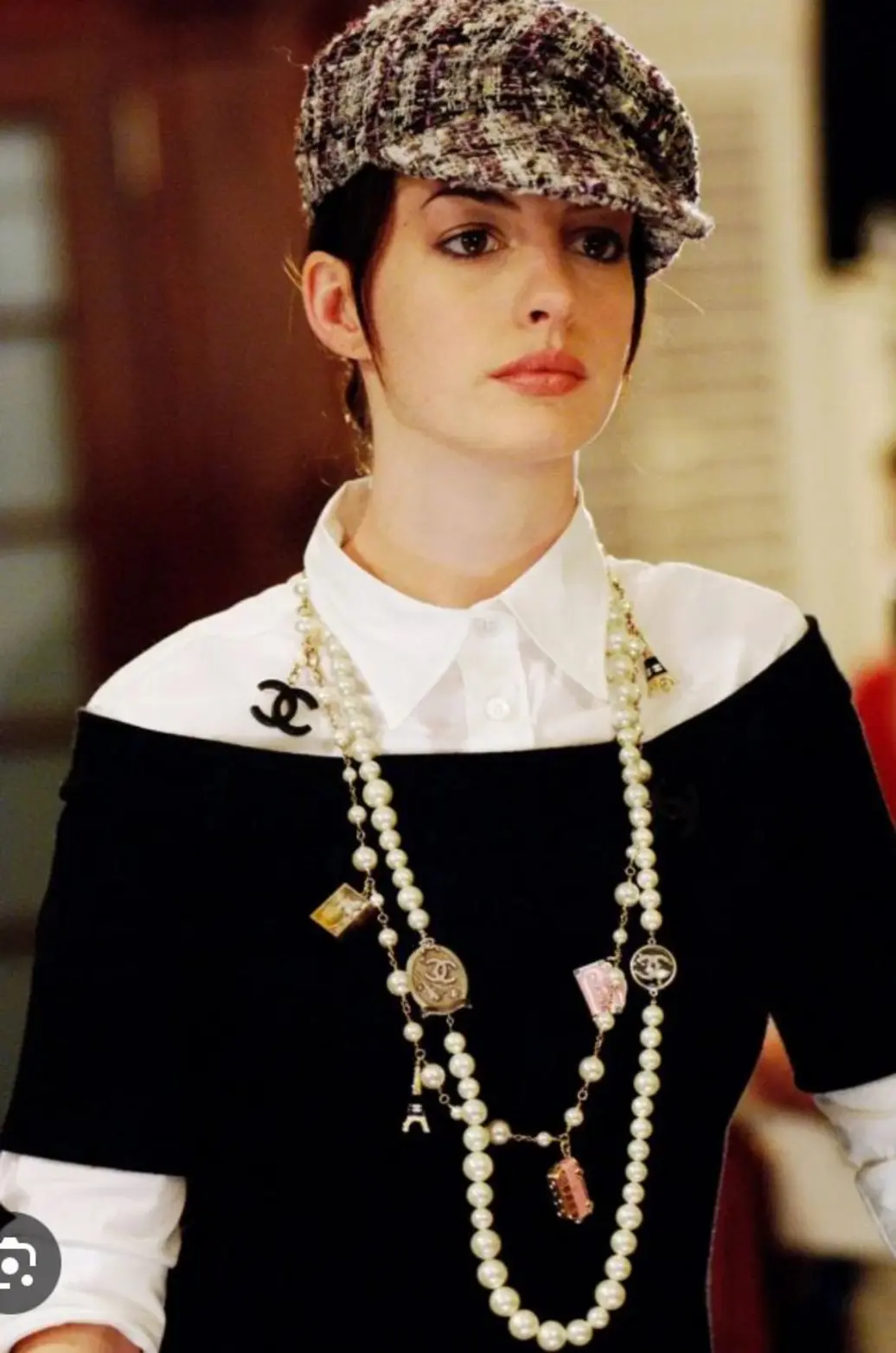
Karl Lagerfeld was essentially the Indiana Jones of fashion, though his treasure hunts yielded not ancient artifacts, but books, art, and philosophy. A true intellectual at heart, his boundless curiosity shaped his entire persona. Fluent in English, French, and German, he devoured literature with the same fervor he reserved for Spinoza and Nietzsche, even publishing their works through his own imprint. His personal library, a staggering 300,000 volumes, was less a collection and more a living archive of civilisation, spanning architecture, fashion, and philosophy.
"Books are hard-bound drugs with no danger of an overdose. I am a happy victim of books!" - Karl Lagerfeld
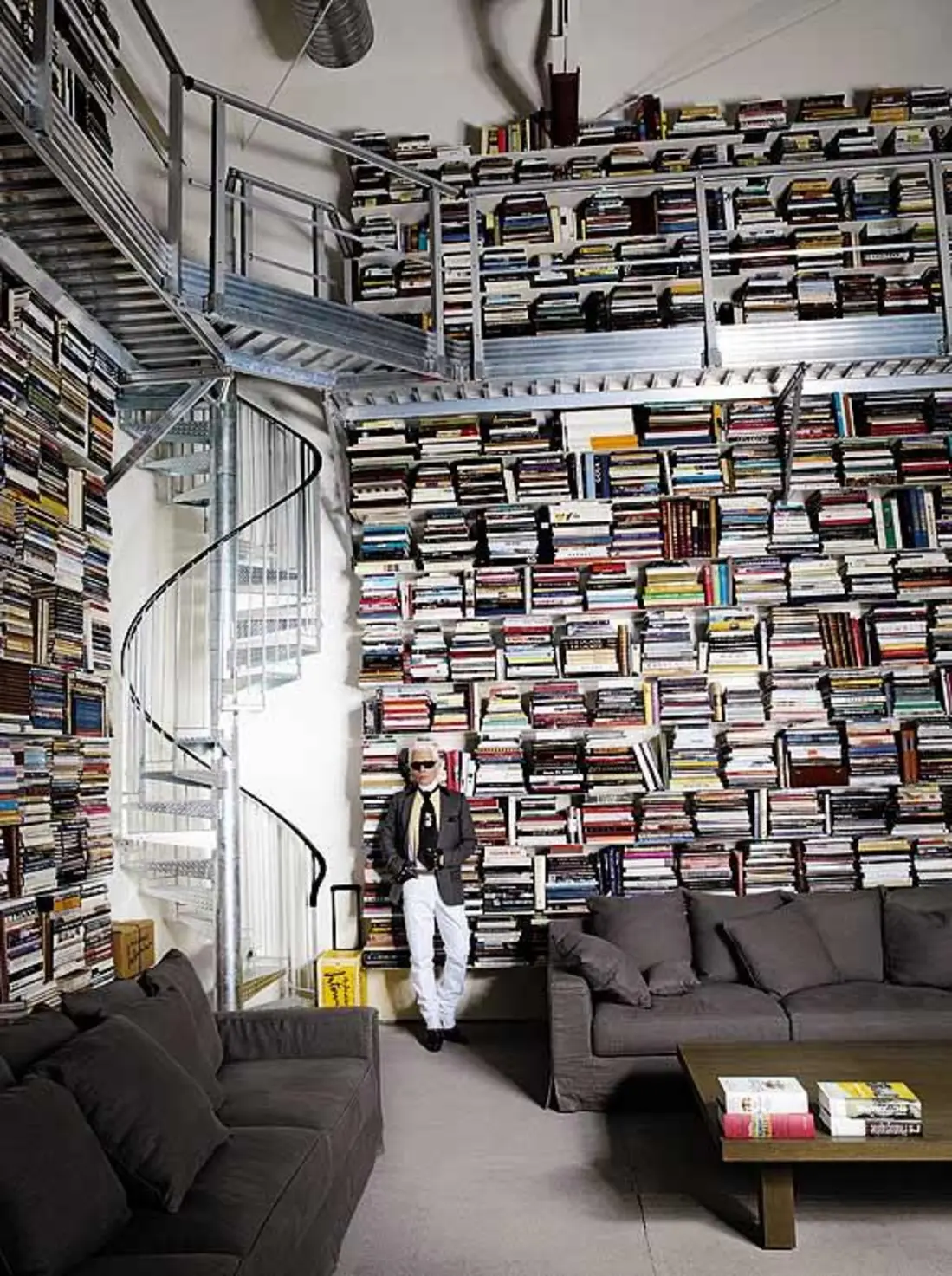
It was this very erudition that electrified his runway spectacles, transforming them into multidisciplinary symphonies rather than mere fashion shows. His Chanel sets did not just reference history or technology. They rewrote their grammar, turning the Grand Palais into a chameleonic stage. One season, a 42-meter Eiffel Tower anchored the space (Fall 2017 Haute Couture); the next, a Chanel rocket blasted off (Fall 2017 Ready-to-Wear), merging French patrimony with space-age audacity. Lagerfeld’s genius lay in making such collisions feel inevitable, as if the Renaissance had always been destined to meet the Space Age, with a couture gown as the intermediary.
Ever the cultural alchemist, Lagerfeld turned a grocery store into haute critique (2014), stocked with Chanel-branded cereal, while his "airport terminal" (2016) satirized jet-set culture with departure boards flashing fictional flights to "Nowhere." He did not borrow from other disciplines; he seamlessly absorbed them, whether recreating a Baroque garden with 100,000 live plants (Spring 2018 Couture) or importing a melting 265-ton glacier to whisper of climate change (Spring 2010). Each set was a thesis on modernity-intellectual, yet never academic.
For Lagerfeld, fashion was a kaleidoscope through which to refract the world. "I’m like a sampling machine," he mused, treating history, ecology, and sci-fi as raw material to be spun into something daringly new.
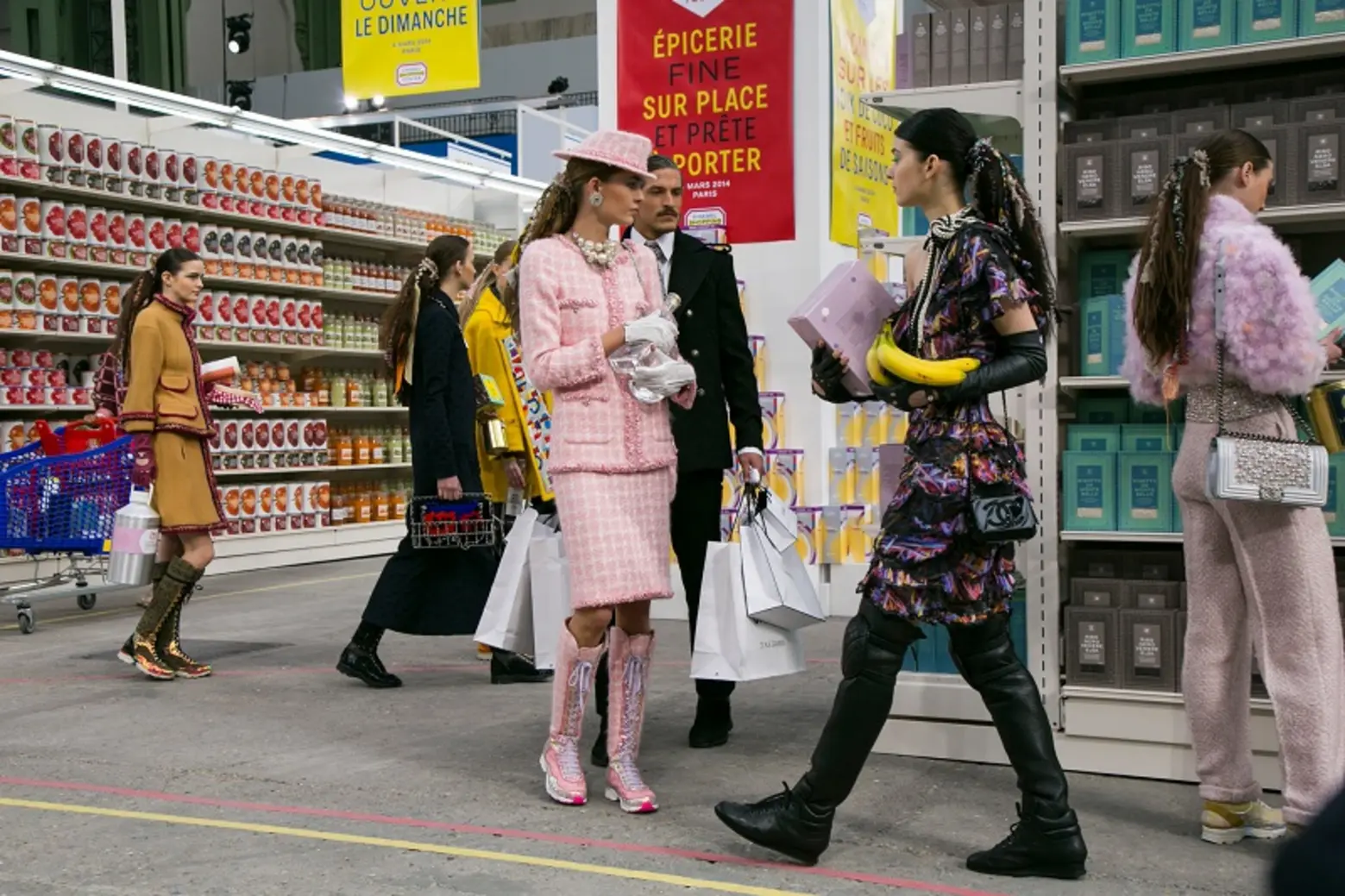
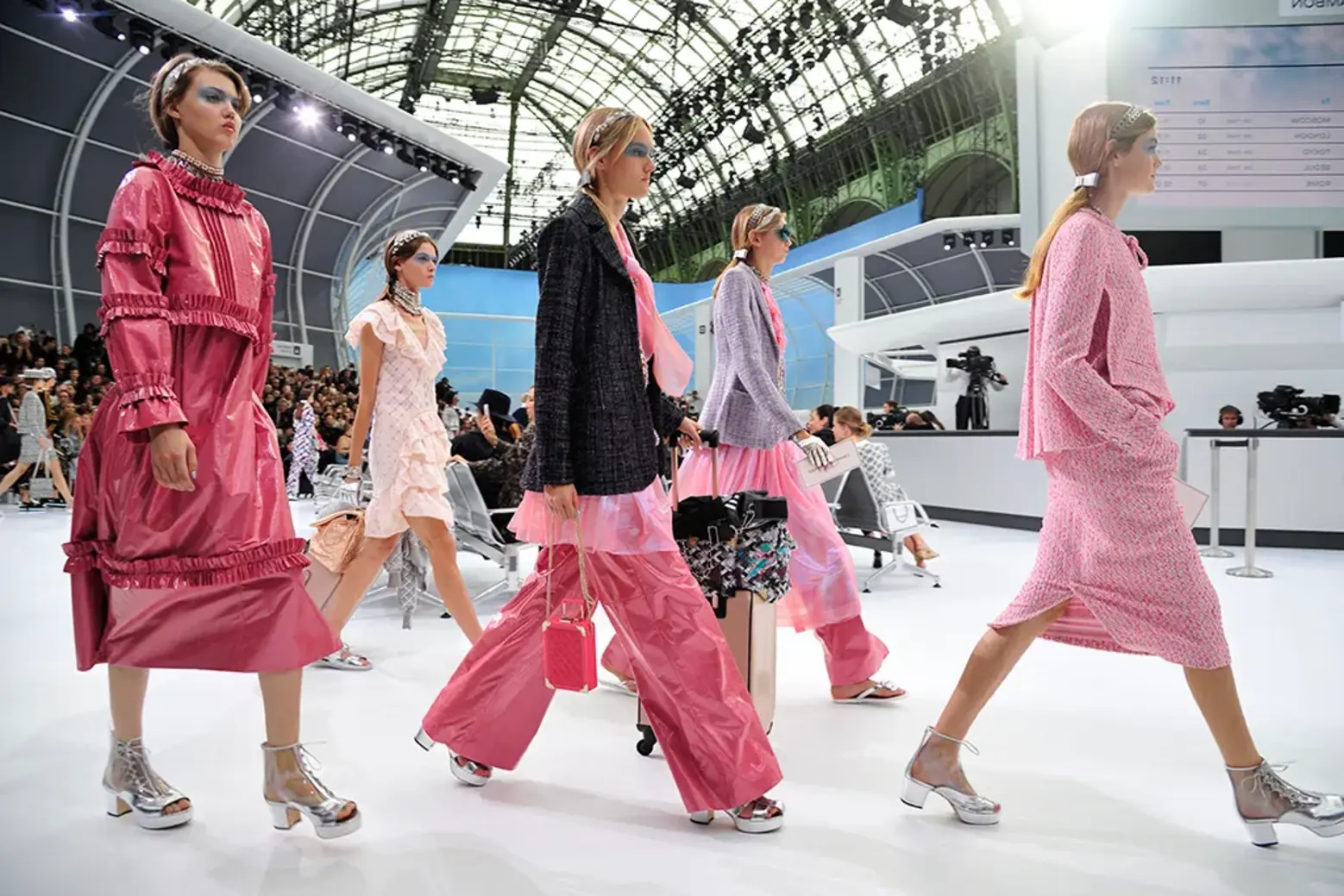
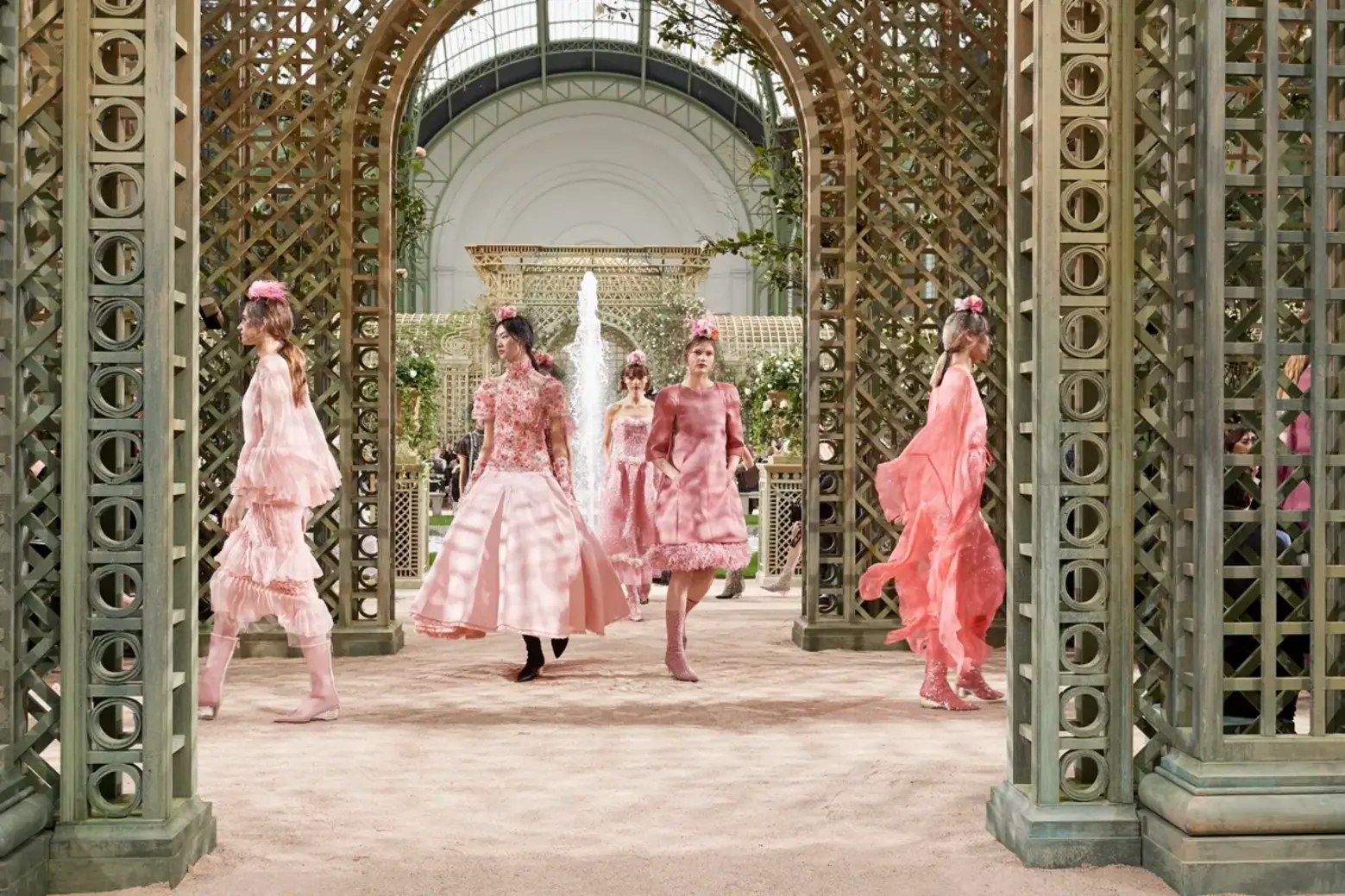
The result? Runways that felt like walking through his restless imagination - a place where icebergs coexisted with supermarket aisles, and rockets shared tarmacs with neoclassical statues. It was intellectual virtuosity disguised as spectacle, proving that true creativity never resides in one discipline alone. Lagerfeld’s genius lay in making the eclectic look effortless, and making the impossible feel like Chanel’s next logical step.
Karl Lagerfeld may have been fashion’s most formidable showman, but behind the sunglasses and silver ponytail lay a designer who genuinely revered the artisans who brought his visions to life. His appreciation was not performative, it was woven into the fabric of his work.
Take his Fall 2016 Haute Couture show, where Lagerfeld closed the runway not with a solo bow but flanked by Chanel’s seamstresses and atelier chiefs, an uncharacteristically humble gesture for a man who rarely shared the spotlight. The stage itself was a working replica of Chanel’s Rue Cambon ateliers, with tailors stitching garments in real time. No smoke and mirrors, just craftsmanship laid bare.

“Without great ateliers, you cannot make a beautiful collection,” he once stated plainly. For Lagerfeld, the relationship with his premières d’atelier was a dialogue of precision. His sketches, famously millimeter-perfect, were less directives than love letters to technical mastery. As he told the Met’s Line of Beauty exhibition: if a design stumped his team, he had solve it in seconds, because their respect mattered more than ego. Even his personal bonds spoke volumes. For decades, he sent handwritten notes and fabric swatches to London shirtmaker Hilditch & Key, treating tailors as collaborators, not subordinates.
Lagerfeld’s genius was undeniable, but his legacy includes this quieter truth: great fashion is not conjured alone. It has built stitch by stitch, in the hands of those who truly understand the honor of a perfect seam.
Karl Lagerfeld’s life was the ultimate fashion performance: a 60-year act of alchemy where heritage, intellect, and relentless labor fused into cultural dynamite. He staged Chanel not as a museum, but a theater of radical reinvention: tweed suits marching with robots, camellias blooming in icebergs. Yet backstage, the metronome never wavered: 14 collections yearly, sketched with Tipp-ex precision.
He has not just designed clothes - he performed fashion as oxygen, breathing life into history until his final bow. The curtain fell, the spectacle endures!